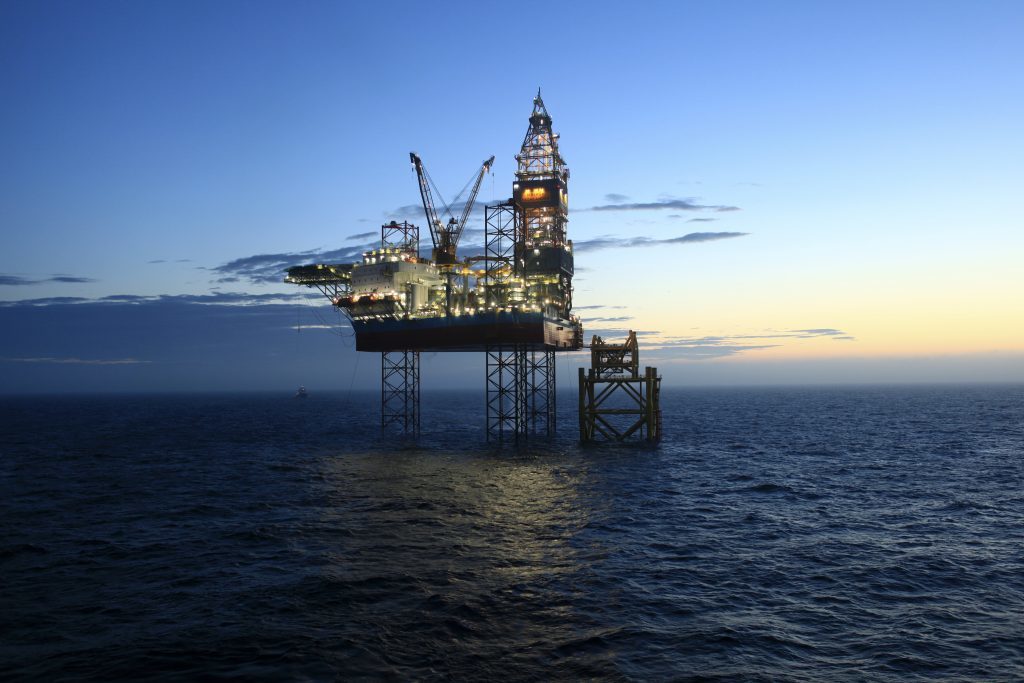
Maersk Drilling has set a new target to cut emissions from its operations by 50% within the decade.
The Denmark-headquartered firm said the goal, applying to its drilling operations, places it “as a leader among drilling contractors”.
Maersk Drilling estimates around half of the target can be met through efficiency gains, while the remainder will be reached through innovation and investment in that space.
The target will be measured as tonnes CO2 emissions relative to three parameters: contracted days, drilled meter, and revenue, with 2019 being the baseline year.
CEO Jorn Madsen said: “Sustainability is an area of concern, also for our customers, and by being a leader in low-emission offshore drilling, we maintain a differentiated offering which can help customers in reaching their targets.
“Investing in climate action is a key focus area for us and we are committed to being at the forefront, leveraging our vast experience with operating in Norway, where sustainability requirements are very high.”
The company said the goals are aligned with the Paris Agreement and that of most oil and gas firms for 2030.
Maersk Drilling pointed to previous initiatives it has carried out, including the first ever rig to operate from onshore power and converting two large jack-up rigs to hybrid, low-emission vessels.
Drilling contractors have been particularly hard hit by the downturn, with Maersk being no exception.
This new announcement comes amid an increased focus on the energy transition by major oil companies.
Mr Madsen added: “Climate change is one of the greatest challenges facing our society today, and we want to do our part in addressing this. The global demand for energy is rising and the expert consensus is that renewable energy will not be able to replace all traditional energy production within the foreseeable future.
“Therefore, the answer must be to provide affordable energy, including oil and gas, while keeping CO2 emissions under control. Our contribution to a sustainable energy future is to significantly reduce emissions from our operations and to explore ways to store CO2.”
Recommended for you

